If you’ve heard it once, you’ve heard it a thousand times: There’s no silver bullet when it comes to weight loss. No gimmick, pill or cream will bring you a lifetime of satisfaction. Maintaining a healthy weight and happy heart requires diligence and a bit of work, but when done right, it will pay off and stay off. Don’t fall for the quick tricks that seem to flood our email and social feeds. Losing weight successfully and maintaining a healthy physique doesn’t happen by accident — it’s a lifelong commitment that requires a solid plan. That’s why we’re here to help debunk some of these “get-thin quick” weight-loss gimmicks.

APPLE CIDER VINEGAR
While it certainly won’t do you any harm to drink a shot of diluted apple cider vinegar each morning, the research isn’t compelling enough to support the weight-loss claims. It has, however, been linked to better blood sugar control. Acetic acid, which is found in apple cider vinegar, can help regulate blood sugar levels by lowering the glycemic response (in other words, causing less of a sugar spike). It leaves some starches undigested — in the form of prebiotics — which feeds good bacteria in the gut. A healthy gut microbiome can help support digestion, immunity and even brain function. If you like the flavor, adding it to your plate along with more fruits, salad and veggies certainly won’t do any harm.
READ MORE > 4 THINGS THE BEST WEIGHT-LOSS DIETS HAVE IN COMMON
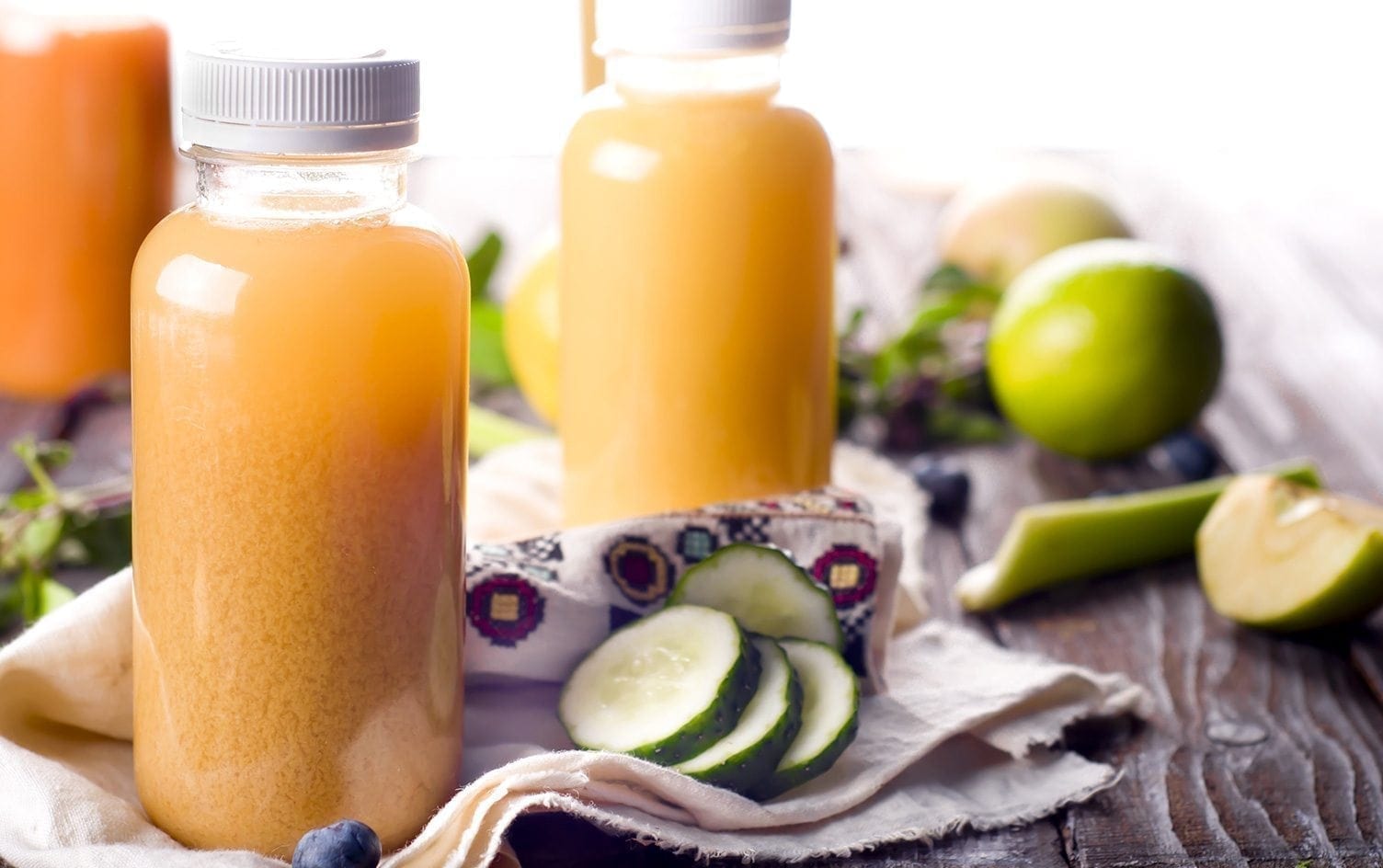
DETOXES, CLEANSING & JUICE DIETS
While there can sometimes be a time and place for a one- or two-day cleanse if you’ve overdone it for an extended amount of time (say, over the holidays), cleansing as a long-term solution isn’t sustainable. Detoxes and juice diets are a fasting regimen that consists mainly of water, raw vegetables, fruits and juices. These regimens are missing a lot of key nutrients and lack the calories and energy you’ll need to maintain a good physical activity routine. Choose foods that require chewing to aid in weight loss — like fruits, veggies, lean proteins and whole grains — and use teas, infused waters and juices for hydration.
READ MORE > THE TRUTH ABOUT JUICE CLEANSES
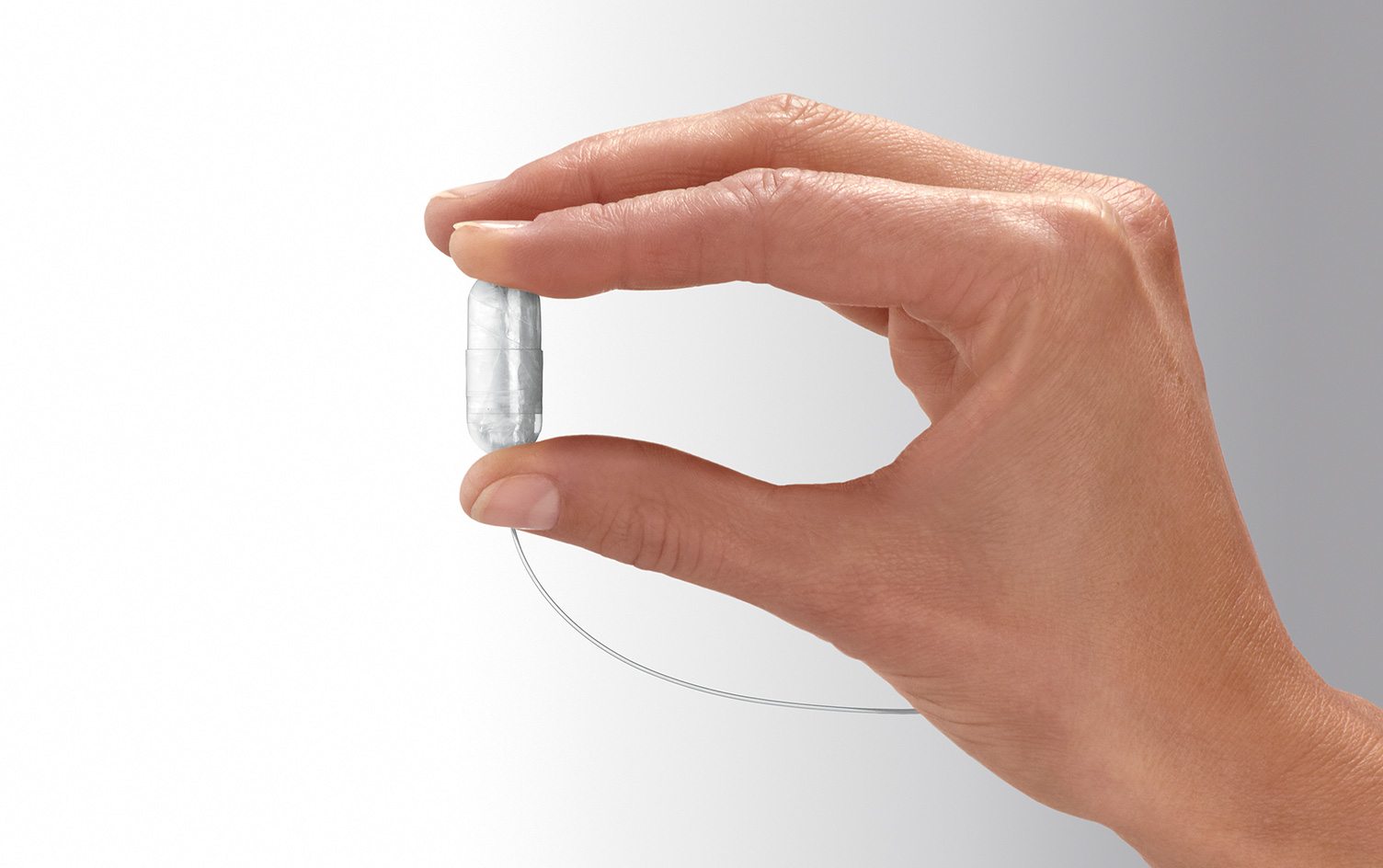
THE BALLOON CAPSULE
Unlike gastric bypass, which involves a surgical procedure that shrinks the size of your stomach — and by default, the amount of food and calories you can eat and absorb — the balloon capsule method involves swallowing a balloon that expands in your stomach to help you reduce your appetite in order to eat less and lose weight. On the upside, there’s no surgery involved, and the balloon devices have received an FDA stamp of approval. The company behind the balloon also claims to promote and educate patients about healthier eating habits to help them keep the weight off once the balloon is removed. But there are risks. In addition to being expensive (each procedure costs between $6,000-$8,000 and isn’t covered by insurance), the balloons can cause nausea, vomiting and even ulcers. Ultimately, the decision to alter what you eat for long-term success is up to the patient. Like most other quick-fix solutions, there’s no guarantee of long-term weight management.
Photo Courtesy of Obalon
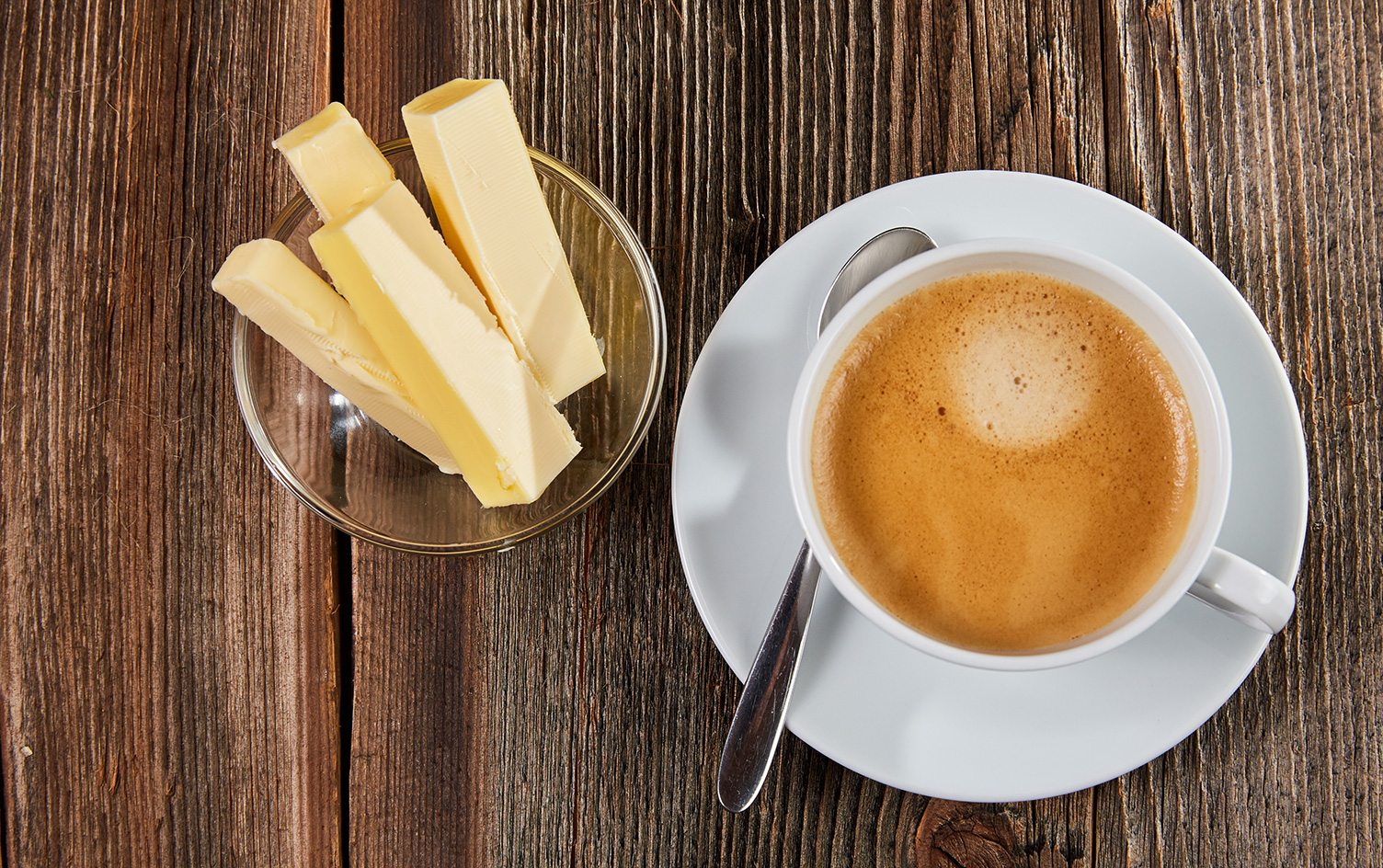
BULLETPROOF COFFEE
Drop a dollop of grass-fed butter and a splash of MCT oil in your coffee and you’ll shed pounds — so the claims say. This high-fat, calorie-dense coffee has been credited with higher energy levels, brain-boosting benefits and even weight loss. The idea is that short-chained MCT fats are metabolized more quickly than other fats and burned as fuel rather than stored. A single cup can contain nearly 450 calories — a hefty start that can have the reverse effect on your fat stores if the rest of your day doesn’t follow a clean-eating profile. There’s nothing wrong with a high-calorie breakfast, but there are plenty of other satisfying ways to fill your daily saturated-fat allowance than with coffee.
READ MORE > THE TRUTH BEHIND 5 HOT TRENDY BEVERAGES

INTERMITTENT FASTING
While there are several different variations, intermittent fasting is a feast-or-famine structured diet, where one eats normally some days, and little to nothing on other days. Proponents of this diet say that it’s a good way to shed pounds quickly as long as you resist the urge to overeat on “feed” days. The most popular version of this diet uses 5:2 fasting: Two days a week are limited to less than 500 calories while the other five allow you to eat as you normally would. The problem is that fasting may rob the body of important nutrients, and will likely rob your energy to exercise on the days with very few calories. There are also many unknowns with this eating habit, and it’s not a good solution (neither short-term, nor long) for anyone with certain health conditions including pregnancy, heart problems and diabetes.

WHOLE30 PROGRAM
On the upside, this diet embraces and glorifies foods in their natural, most whole form, and eliminates (or prohibits) virtually all processed foods, junk foods, alcohol, caffeine, sugar and gluten. What’s also missing are entire food groups, including whole grains, beans and dairy. That means no sandwiches, no hummus, no yogurt, no peanut butter, no heart-healthy wine … the list goes on. While it does require a tremendous amount of planning (which is good) and is a great way to both reset and jumpstart your journey, it can also severely limit your social life, which is essential to positive well-being. Diets that contain “off-limit” foods (including Paleo) focus too much on deprivation — an overall negative vibe — rather than balance and moderation. Instead of watching out for foods you shouldn’t eat, focus on what you should eat — lots of plants, seafood, heart-healthy fats, whole grains, nuts and beans.
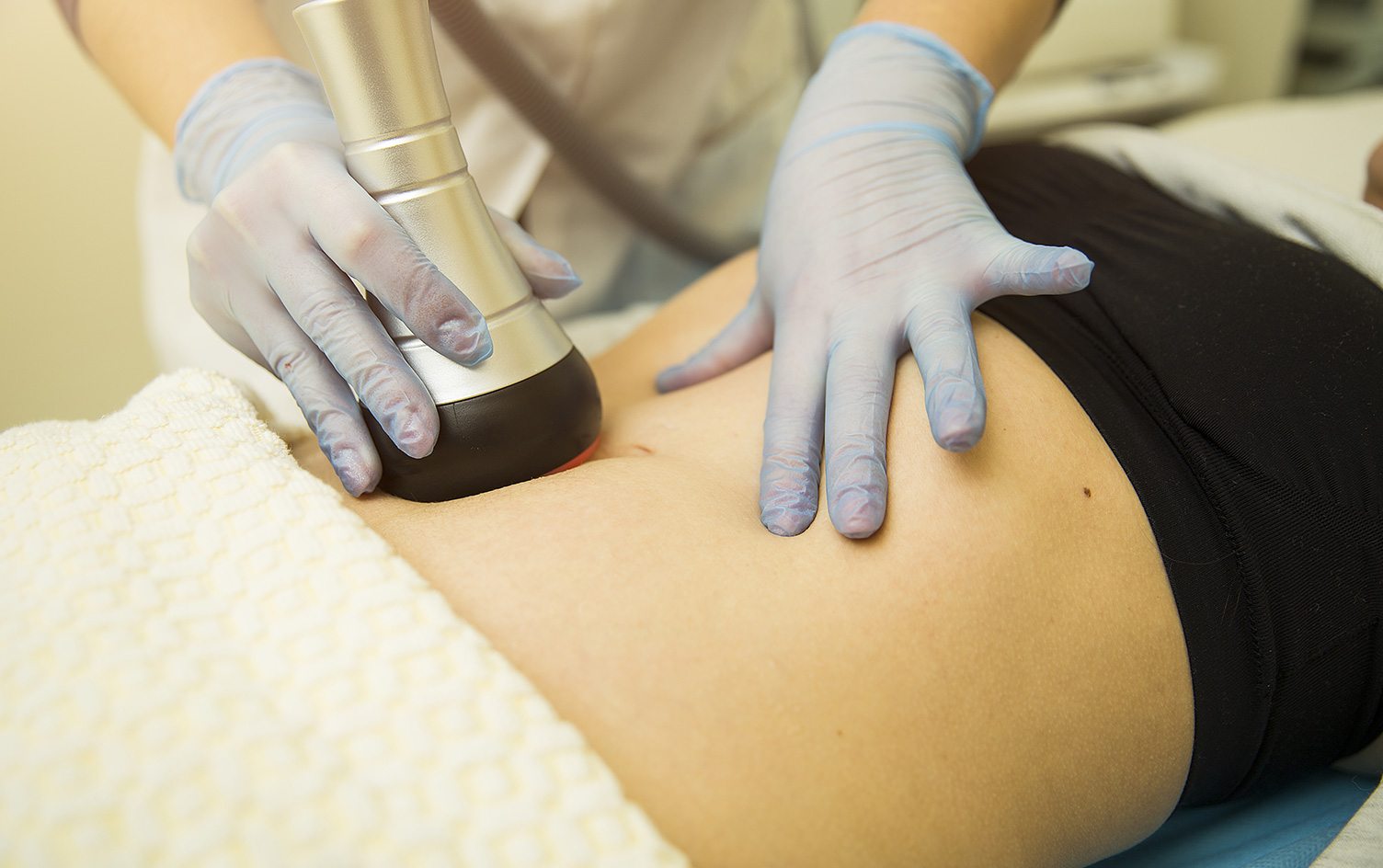
NON-SURGICAL FAT REMOVAL
This body contouring process uses lasers to “freeze” and then “melt” abdominal fat. At about $1,500 per session, cooling plates are attached to the abdomen, followed by laser penetration that “heats up” and disrupts fat cells so that they are either excreted or absorbed as energy. Results (if any) can be expected in 6–12 weeks. Side effects include swelling, numbness and bruising. Most patients expect dramatic weight loss, but it’s more about re-contouring than dropping a few pesky pounds. Plus, there’s no guarantee the fat won’t redistribute itself in other areas of the body. The procedure teaches nothing about better eating habits, nor does it improve health outcomes that are associated with being overweight and obese.
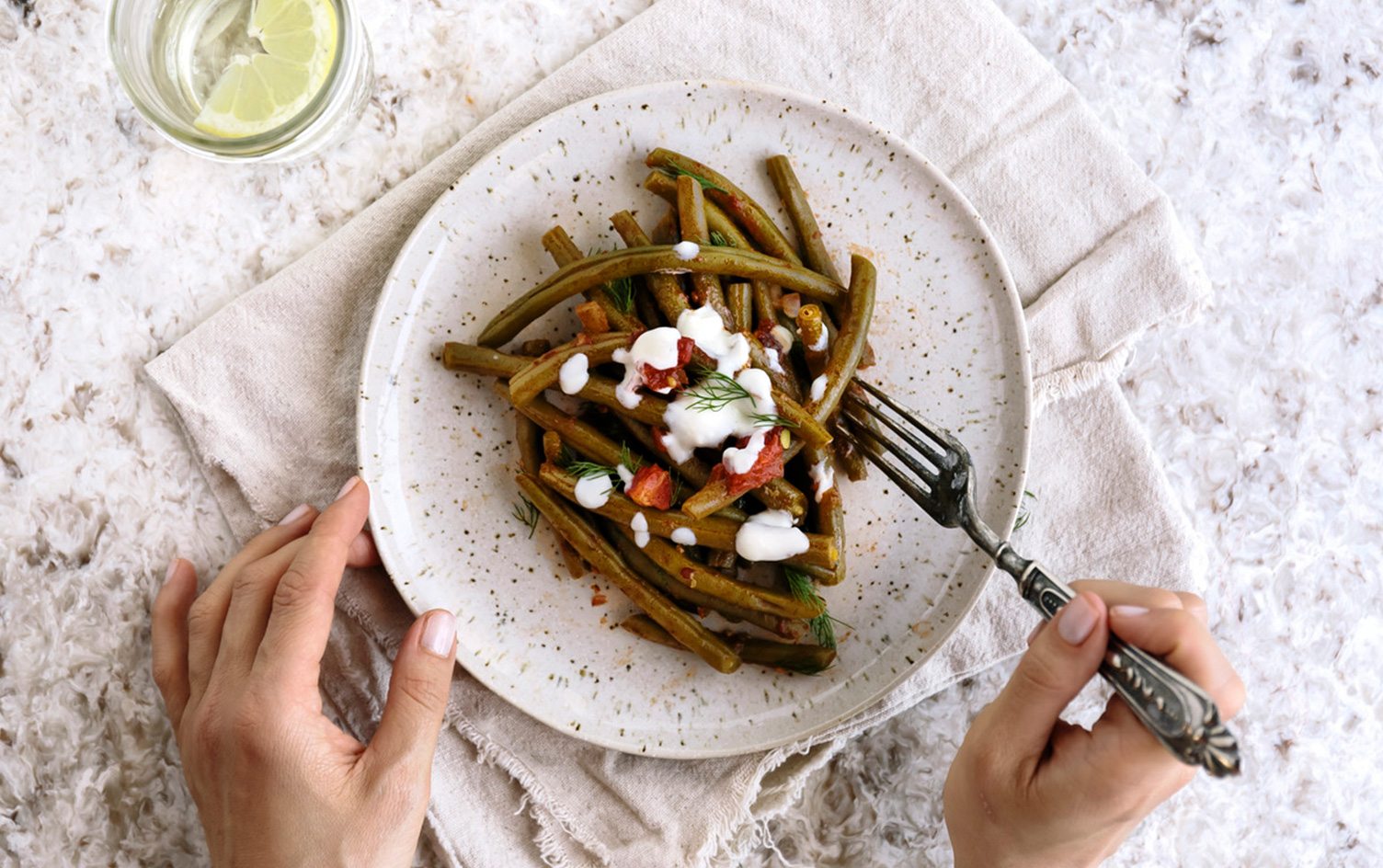
VERY LOW-CALORIE DIETS
Cutting back on calories is the approach most people take to meet their weight-loss goals. But every once in awhile, people take calorie restriction too far, ultimately making weight loss slower and more difficult by slowing your metabolism. Very low-calorie diets often dip as low as 500 calories per day. When your body senses you’re not getting enough nutrients via food, it may slow your metabolism as protection against the possibility of starvation.
Generally speaking, most people need at least 1,200 calories to fuel their everyday activities, metabolism and bodily mechanisms. People who are more active and exercise regularly usually need more. A diet less than 1,000 calories may not only hinder weight-loss efforts, but could also make it difficult to meet daily vitamin and mineral needs, and have an overall negative impact on your overall health.
READ MORE > 4 SIGNS YOU’RE EATING TOO LITTLE WHEN TRYING TO LOSE WEIGHT

EXCESSIVE EXERCISE
Believe it or not, you can overdo it on the cardio. Several studies, including one published in the Journal of Science and Medicine in Sport, found that burning more calories at the gym isn’t always related to better weight loss. The idea is that people who tend to over-exercise may compensate for the extra energy burned by eating more in the day or being less active throughout the rest of their day. It’s OK if you love to exercise, but don’t overdo it, and try mixing up your routine with high-intensity interval training (or HIIT), which involves alternating short, intense bursts of exercise with either less intense moves or complete rest in between.
Also important: Strength training. It may not burn as many calories during one session, but it builds lean muscle mass, which has a greater effect on your metabolism and ability to burn fat over time.
READ MORE > CAN YOU EXERCISE TOO MUCH?

4 TRUTHS THAT NEED NO DEBUNKING
Eat more plants. Unprocessed whole fruits, vegetables, grains and nuts are high in fiber and balanced with protein, vitamins and minerals to keep you fuller, longer.
Exercise. Aim to get at least 30 minutes a day. Mix strength training, cardiovascular training and interval training and choose activities you enjoy doing to ensure longevity.
Accept your body the way it is.
Be in the present. Tune into your senses and taste your food, be aware of your muscle activity and mental clarity during exercise. Enjoy the people at the table with you or walking next to you. You’ll enjoy it more.
READ MORE: DO HAPPIER PEOPLE LEAD MORE ACTIVE LIVES?



